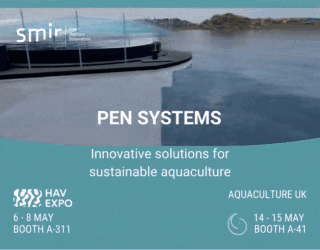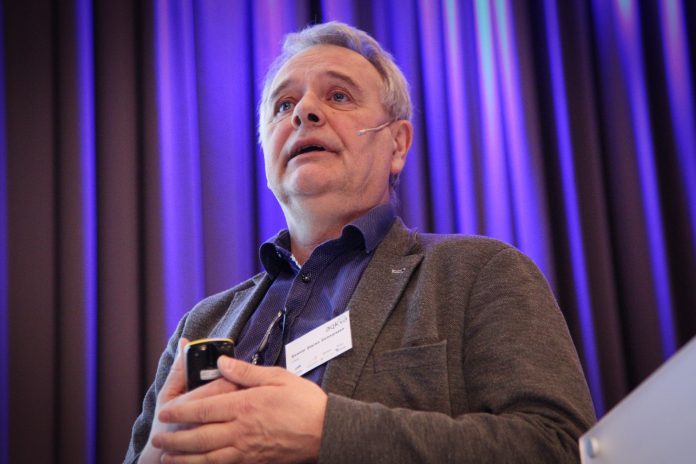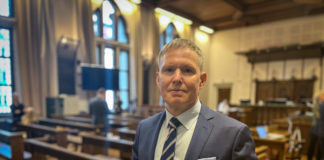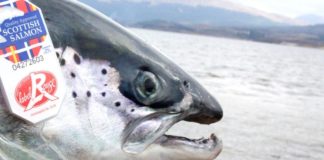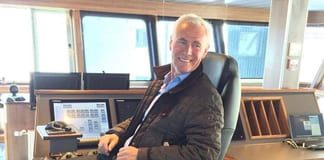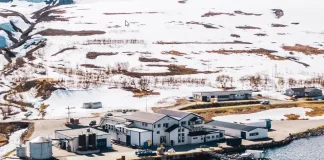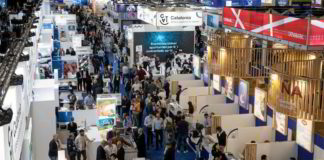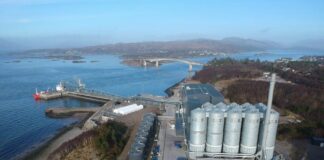“In Norway, (there’s) an expression about all good things that come in threes. We hope that applies to Iceland, where there have been three distinct periods of salmon-farming.”
Gunnar Stein Gunnarson ought to know what he’s talking about. He’s been involved in salmon farming on the saga island since the mid-80’s. Now he runs aquaculture outfit, Laxar.
His first two fish-farming years ended in tears. He calls this The Third Period, and Laxar has 6,000 tonnes of production permits for operations in the northeast of Iceland.
“It started with land-based (aquaculture) and imported eggs from the MOWI-school. But it was limited production that yielded high fixed costs,” Gunnarson said.
Add sharply falling salmon prices to that first, rough period.
Bankruptcy and crisis
“I think the price was 90 to 100 kroner (EUR 9.35 to 10.4). And when the price dropped, many companies went bankrupt. You had limited knowledge, used basic equipment and lacked capital. Little happened in the years after 1993, but there was production,” he emphasized.
Once the new millennium got underway, the Icelandic krone became a challenge. Then the financial crisis played havoc in Iceland, and the krone was devalued.
 Now, the Icelandic industry’s brought in professional investors, or corporate salmon-farming companies like NRS, Masoval and SalMar. These contribute with money and knowhow.
Now, the Icelandic industry’s brought in professional investors, or corporate salmon-farming companies like NRS, Masoval and SalMar. These contribute with money and knowhow.
“Most of Iceland is closed to aquaculture. Where this is production, there are nearly rivers with natural wild-salmon schools. Most fjords have no (production) threshold and have good (natural) water displacement,” he said.
“We have high fresh water quality, access to naturally warm water and very low electricity prices, and that’s good for smolt production. I think electricity prices are half what they are in Norway (where they’re lower than in most of Europe). We get strong, healthy row through Stofnfiskur. We have little disease, long fisheries traditions and suitable infrastructure. And good knowledge on the sale and marketing of seafood.”
Growth
Iceland’s salmon production is estimated at 11,000 t for 2017, but is expected to land at around 24,000 t in 2018. It won’t stop there.
“Today, a total production of 51,000 t has been agreed, and a lot applications (for permits, licenses or leases) have come in. But, we won’t manage to reach that number due to a shortage of smolt,” he said.
Iceland’s Institute of Ocean Research reckons Iceland could sustainably produce 130,000 t of farmed salmon.
“Norway produces 1.3 million t and is aiming for 5 million t in 2050. We can, in a few years, reach 130,000 t. It’s not likely that Iceland will ever compete with Norway. Iceland can compete with Norway in football (soccer), but not in aquaculture,” he said, before introducing himself to a large delegation from the aquaculture supply chain and revealing the true purpose of his trip to Norway.
“There is plenty of opportunity to find investors for the building of process infrastructure, fish boxes, wellboats, fish-farm service vessels, service and equipment, generally …”

